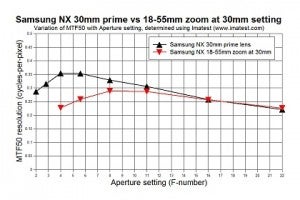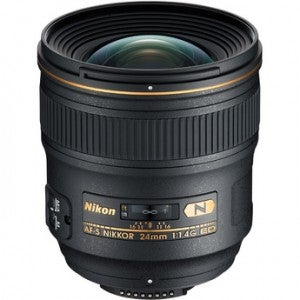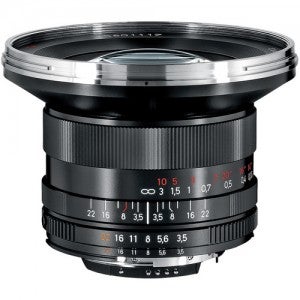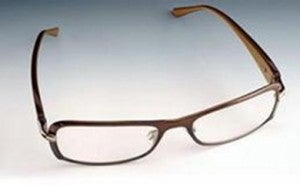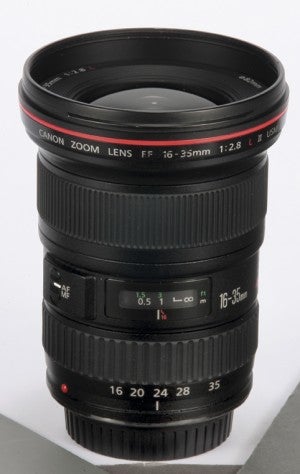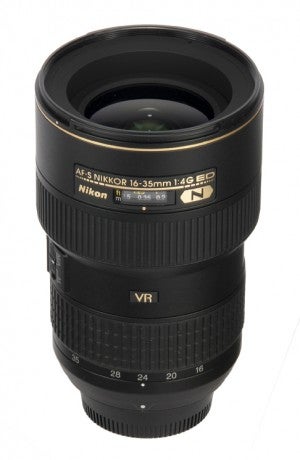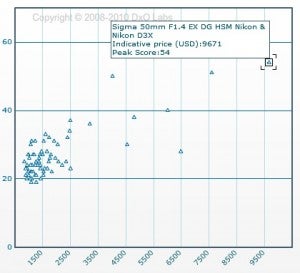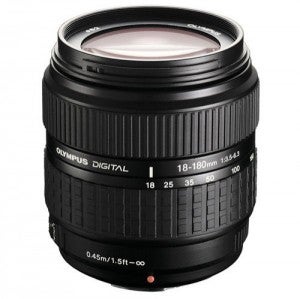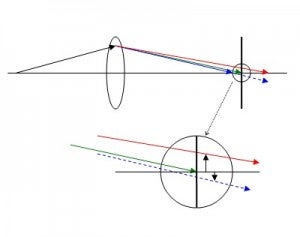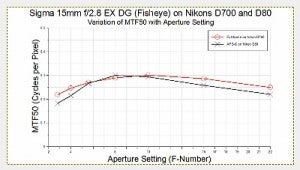An affordable pancake option for the NX series, with excellent image quality
Jon Tarrant
Samsung NX 18-55mm f/3.5-5.6 OIS Review
Samsung's NX kit lens is delightfully affordable and produces some perfectly acceptable results
Prime Lens or Zoom?
After a short summer break, the lenses 'blog is back to answer the persistent "prime lens versus zoom" question that asks which is better overall; a prime lens or a…
Nikon AF-S 24mm f/1.4G Review
Wideangle optic with a wide f/1.4 aperture, but is it really worth almost £1900?
Zeiss Distagon T* 18mm f/3.5 ZF.2 Review
No manual focus and a four-figure price tag, but this lens is one hell of a performer
Nikon technology
Lens manufacturers use their optical expertise for much more than camera lenses alone. As an example, here’s a quick tour around the Nikon technology website, which highlights some of the…
How to focus a lens
To achieve focus you normally need to change something about the positions of one or more elements within a lens or with respect to the sensor. Now, however, there’s a…
Sigma 15mm f/2.8 EX DG Fisheye Review
Compatible with both full-frame and cropped-sensor bodies, this fisheye is attractively priced and performs well
Pentax DA 14mm f/2.8 ED (IF) Review
A wide prime with internal focusing, but is this the best wideangle for K-mount users?
Canon EF 14mm f/2.8L II USM Review
At almost £2000, this pricey L series optic puts in as good a performance as expected
Nikon AF 14mm f/2.8D Review
Great handling, great images, and not too bad a price - this Nikkor prime lens is a cracker.
Leica DG Macro-Elmarit 45mm f/2.8 Asph Mega O.I.S. Review
A great macro lens for the Micro Four Thirds system, with a solid mid-range performance
Canon EF 16-35mm f/2.8L II USM Review
It may be pricey, but the Canon 16-35mm full-frame lens is well established. What Digital Camera's Canon 16-35mm lens review finds out if it's still worth splashing out for…
Nikon AF-S 16-35mm f/4G ED VR Review
This new lens, the Nikon 16-35mm, is the world’s first ultra-wide zoom to offer vibration reduction (VR-II) technology. The What Digital Camera Nikon AF-S 16-35mm f/4G review finds out how…
DxOmark website
It is one thing to test a lens but what effect does the host camera body have on the results? A new website from DxO Labs, DxO Mark, reveals some…
Olympus Zuiko ED Digital 18-180mm f/3.5-6.3 Review
With a 10x zoom range and a sub-£200 price tag, what can we expect from this superzoom optic?
Achromats and Apochromats
The language of lenses has become simplified in recent years but, although the comparison between achromatic and apochromatic lenses is rarely discussed, the term “apochromatic” is one that has survived.…
Lens simulators
Cyberspace offers its own opportunities to preview the effects of lenses that you might be thinking of buying: welcome to the world of lens simulators.
Centre-field image quality
If you use a full-frame lens on a smaller-format sensor, what happens to image quality? Does using only the centre of the lens field improve image quality or are matters…
Fisheye Lenses
Love them or hate them, fisheye lenses have a place in photography – albeit probably a minor one. Fisheye lenses also require a rethink when it comes to explaining their…







